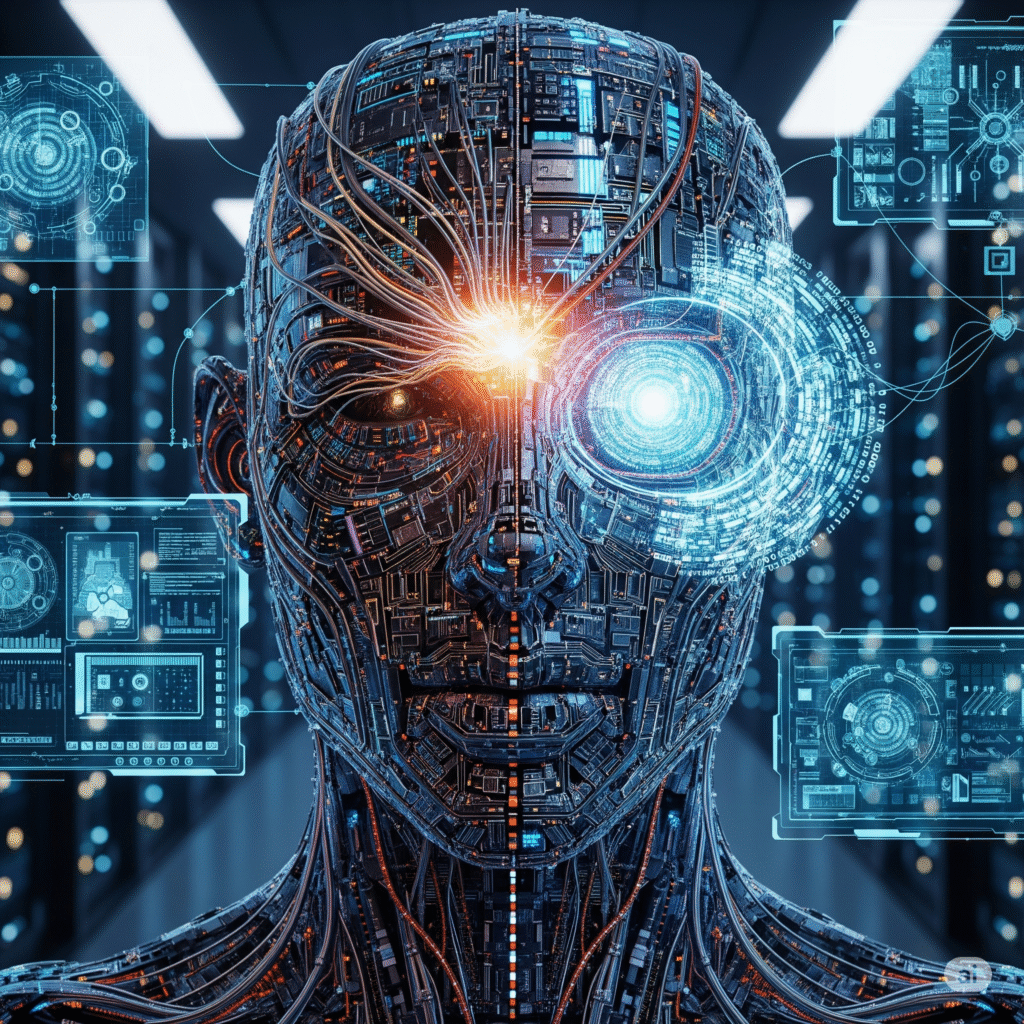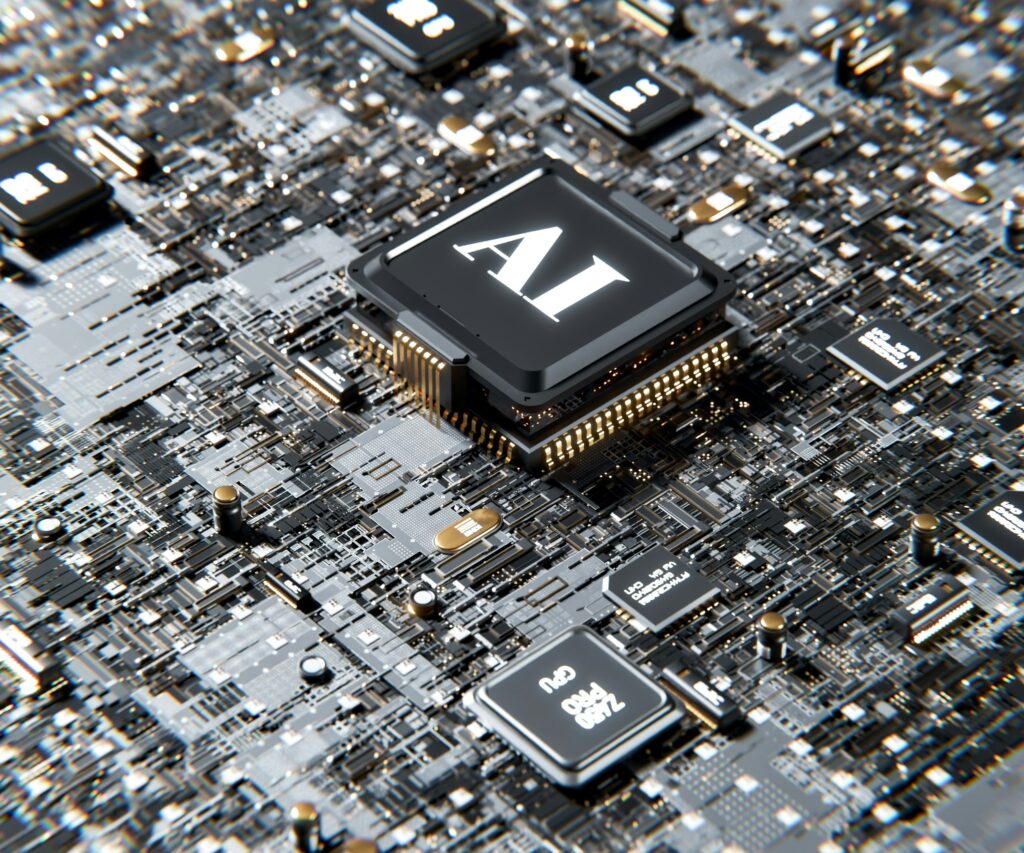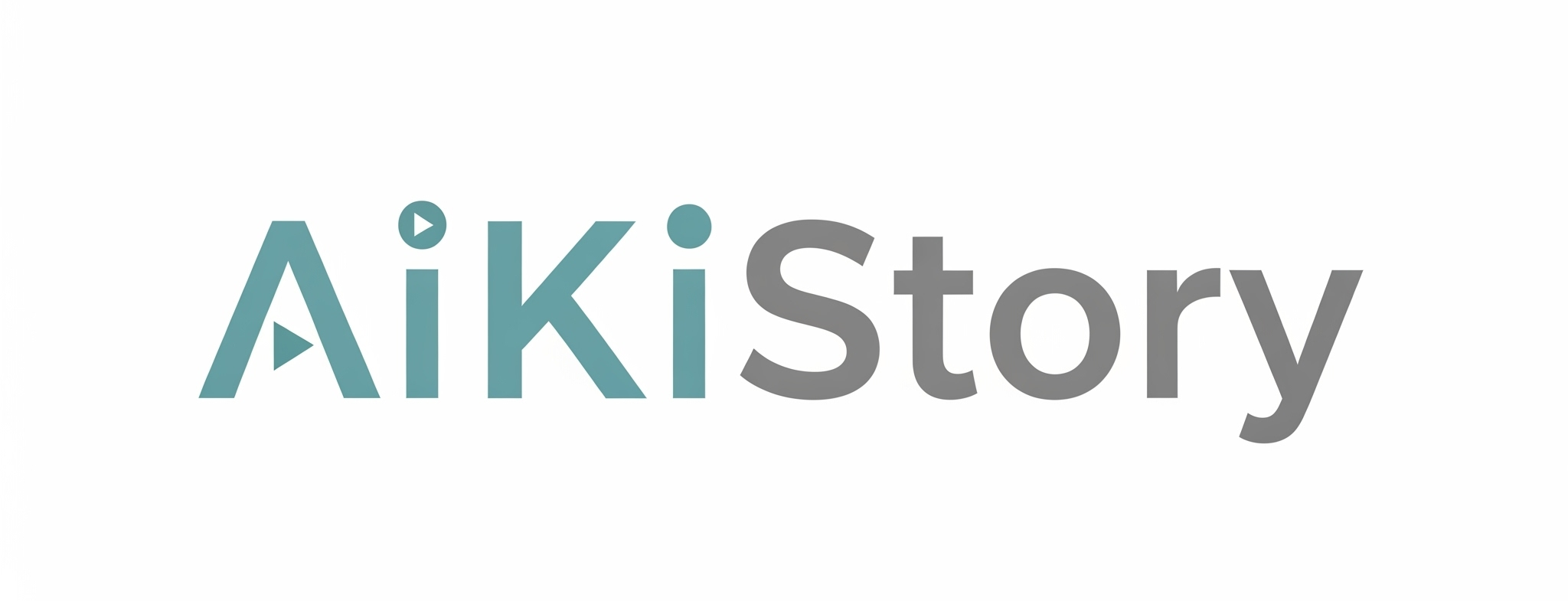
Generative AI: The Creative Side of Artificial Intelligence
Artificial Intelligence has long been known for analyzing data and solving problems, but a new branch called Generative AI is showing that machines can also create. Instead of just recognizing patterns, generative AI produces original text, music, images, and even videos that feel surprisingly human. Popular tools like ChatGPT and DALL·E are leading the way, making it clear that AI is no longer just a calculator but also an imaginative partner.
What Generative AI Means
Generative AI is a type of artificial intelligence designed to generate new content. By learning from massive datasets, these systems can produce unique and creative outputs such as stories, digital art, songs, or even functional code. Unlike traditional AI, which focuses on analyzing existing information, generative AI pushes boundaries by creating something entirely new.
For instance:
-
Writers can use AI tools to draft articles or brainstorm fresh ideas.
-
Designers can generate unique artwork in different styles.
-
Musicians can experiment with melodies that sound human-made.
Generative AI redefines creativity by providing a collaborative platform where humans and machines work together.
How Machines Learn to Create
The backbone of generative AI lies in neural networks and deep learning techniques. These models are trained on large datasets to recognize complex patterns, then use that knowledge to produce original content.
Examples of How It Works:
-
A model trained on novels can generate new paragraphs in the same style as classic authors.
-
A system trained on thousands of paintings can create digital artwork with unique styles and combinations.
-
A music model can compose fresh melodies, offering inspiration for human musicians.
One of the most popular tools in this space is MidJourney, which specializes in AI-powered image creation. By analyzing millions of images, it produces artwork that rivals human creativity, from futuristic designs to photo-realistic portraits.
The more data these systems process, the more detailed and lifelike their outputs become.
Impact on Human Creativity
A common misconception is that AI will replace human creativity. In reality, generative AI enhances it. These tools act as partners rather than competitors, helping people think beyond conventional boundaries.
Key Benefits for Creators:
-
Writers: Generate new story ideas, improve style, and overcome writer’s block.
-
Designers: Experiment with visual concepts that might take hours to create manually.
-
Musicians: Collaborate with AI to craft melodies, harmonies, or beats.
Generative AI is not about taking away originality but expanding imagination. By working alongside AI, creators can explore innovative possibilities they might never have considered on their own.
Why Businesses Are Investing in Generative AI
Generative AI isn’t just for artists and hobbyists—it’s transforming businesses across industries.
-
Marketing: Brands use it to generate personalized ad campaigns, product descriptions, and engaging content at scale.
-
Entertainment: Film and game studios leverage AI for script ideas, visual effects, and dynamic storylines.
-
Education: Teachers and trainers use AI tools to create interactive learning experiences tailored to each student.
With its ability to generate fresh ideas quickly, generative AI helps organizations reduce costs, save time, and stay ahead of the competition.
Challenges in Generative AI
While exciting, generative AI also brings challenges:
-
Authorship & Copyright – Who owns AI-generated work: the tool, the developer, or the user?
-
Ethical Concerns – AI can sometimes replicate biased patterns found in training data.
-
Misinformation Risks – Fake images, videos, or news can be created easily, raising trust issues.
Addressing these concerns is crucial for responsible and ethical AI development.
The Future of Creative AI
The future of generative AI is limitless. From personalized content tailored to individuals, to immersive experiences in gaming and virtual worlds, its applications are expanding every day.
We are moving toward a world where AI won’t just assist with productivity—it will become a creative collaborator. Imagine interactive movies where storylines adapt in real time, or music tracks that change based on your mood.
As the technology matures, ethics, transparency, and responsible use will be vital to ensure AI remains a tool for positive innovation rather than misuse.
Final Thoughts
Generative AI has transformed artificial intelligence from a problem-solving tool into a creative partner. With platforms like ChatGPT, DALL·E, and MidJourney, machines are no longer just analyzing data—they are helping humans create original works of art, music, stories, and more.
Instead of replacing human creativity, generative AI empowers it, offering new ways to innovate, imagine, and express. The future belongs to those who embrace this partnership between human creativity and machine intelligence.


